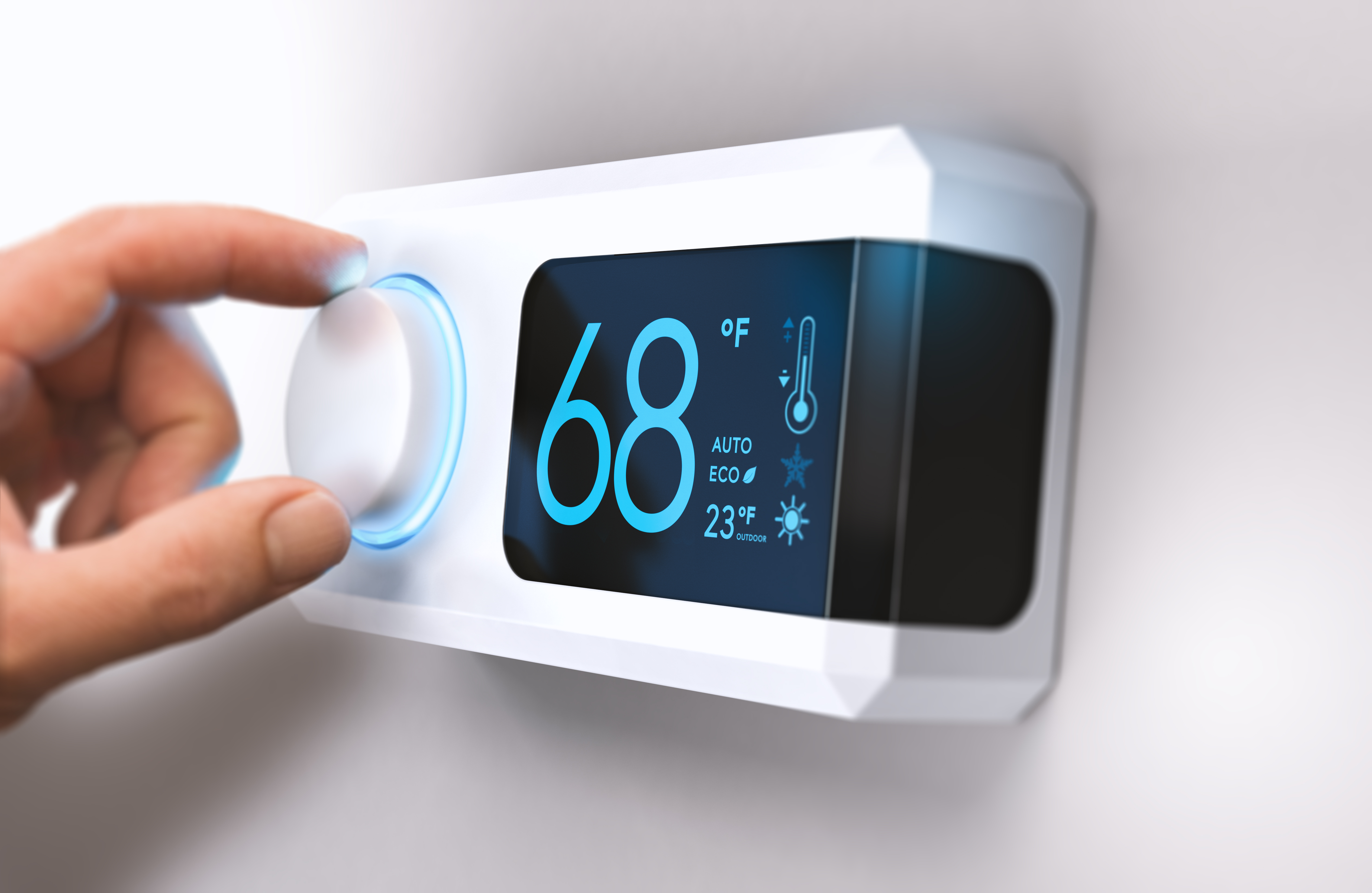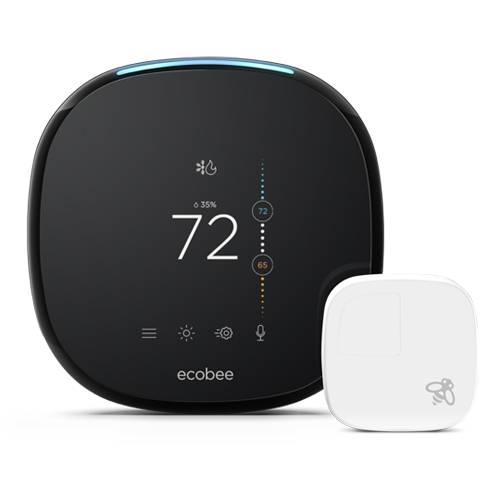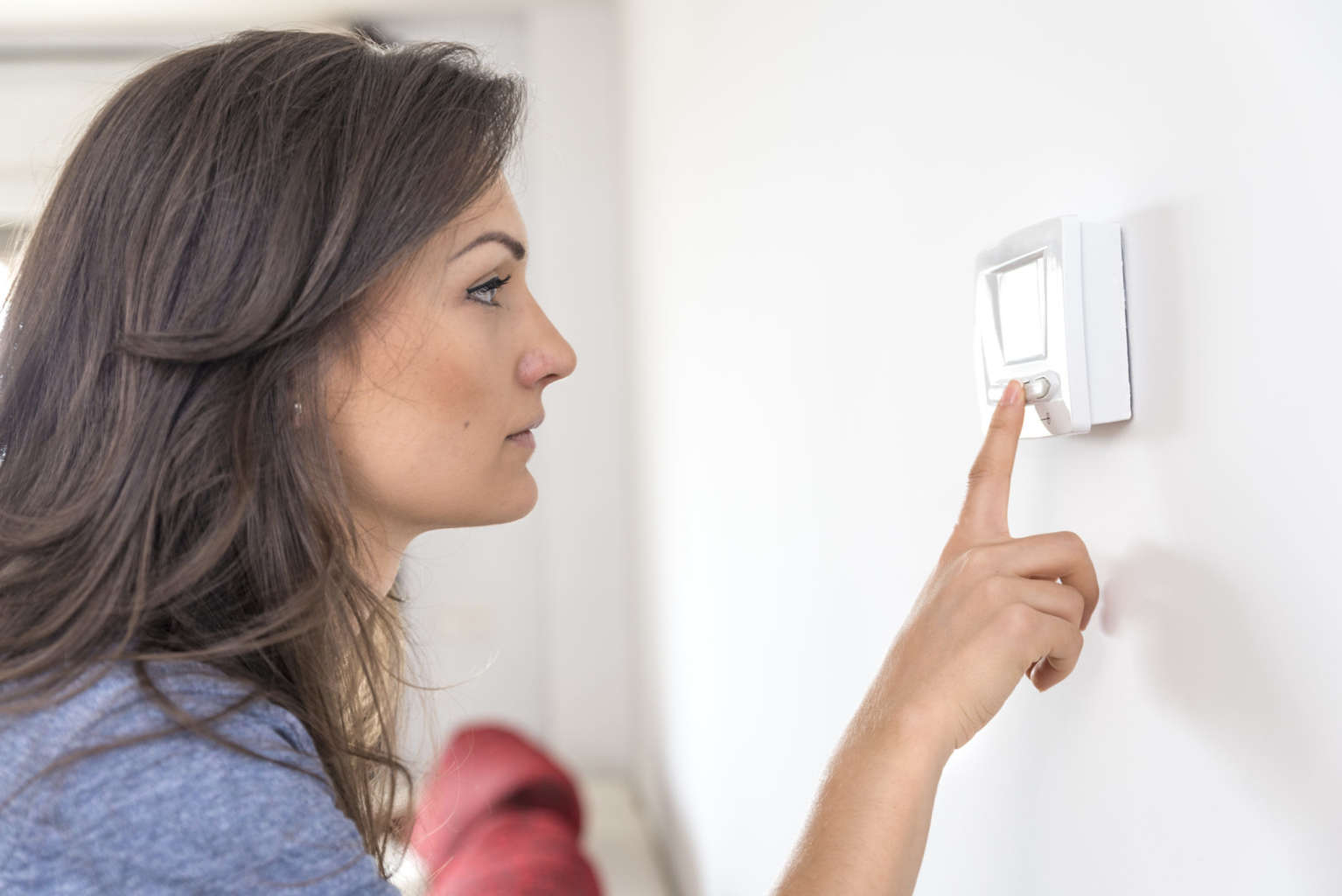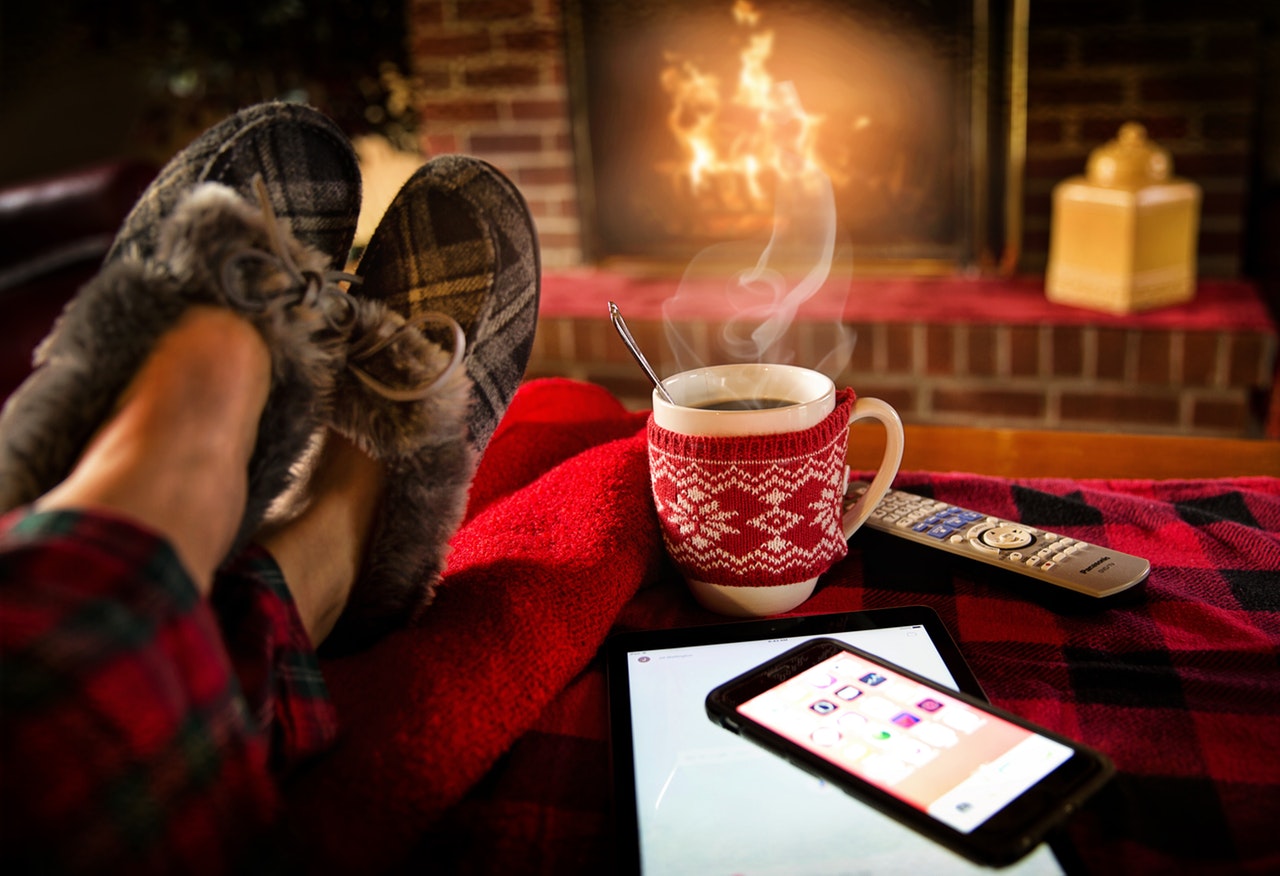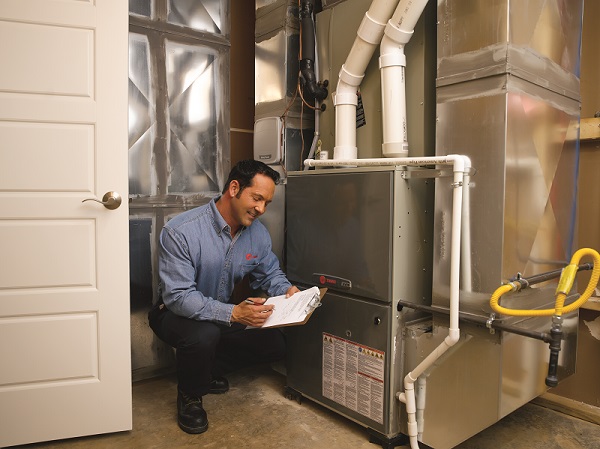Ah, the age old question of what’s the best temperature setting for winter.
Some like it hot. Some like it cold. Some like it in the pot, nine days old…
Oh, wait.
Sorry. As the father of a toddler I’ve got nursery rhymes on the brain.
But back to the question at hand: What is the best thermostat temperature setting for winter?
Winter thermostat setting recommendations:
- If someone is home during the day, start your temperature journey at 72 degrees, though the recommended best temperature setting is 68. We’ll talk about lowering it in a moment.
- If everyone is done for the day, or while you’re sleeping at night, 66 degrees is recommended on the high end and 62 on the low end.
Now, generally speaking, most “experts,” like the stats above, recommend that you basically freeze yourself out because that’ll provide you with the best energy savings.
They recommend a warmer daytime temperature because you’re living in it, and a colder nighttime, well…because you’re asleep and don’t care what the temperature is.
Now, these recommendations seem to be nationwide where in some places daily temps can drop into the single digits.
But what about San Diego?
Our warm days make it so you don’t need to run the heater all day and can still experience a bearable temperature within the home.
The worst that might happen is you bundle under a blanket.
So my San Diego recommendation? Run the heater at night, not during the day. Cause if you’re like me, you hate waking up to a cold house.
Now, this whole point is moot if you have a programmable thermostat.
Invest In A Smart Thermostat
The absolutely best way to save money, for any person in any part of the country, is to buy a smart programmable thermostat.
That way you can leave the heater off (or low) all night, but still wake up to a warm home.
If you rise at 6 AM to get ready for work, program the smart thermostat to turn the furnace on at 5:30 AM.
If you leave for work at 7 AM, then you could program the same thermostat to instantly drop the temperature until a half an hour before you return for the day.
Or if, you know, you live the paradise we call San Diego you can just leave it off.
I find a nice blanket at night is cozier than running the heater anyway.
Ease into Winter to Start Saving
But let’s say you don’t have the luxury of living in paradise, and your outdoor temperature is like 10 degrees.
You need your furnace to prevent significant health safety issues.
What’s the best way for you to save money if you can’t stand a cold home?
Well there’s a simple solution and it’s called acclimation.
Have you noticed how cold 60 degrees feels in the fall/early winter and how warm it feels by the end of winter?
Even here in San Diego, I’ve noticed I feel like going out in shorts as soon as the days hit 60 again after a semi-longish (let’s be real it’s San Diego) winter.
The reason this happens is because we become acclimated to the temperature the longer we’re living in it.
The same principle can be applied to your home.
How does it work?
- Start by setting your thermostat to the desired indoor temperature, whatever it may be.
- Lower than temperature by 1 degree per week until you reach at least 68 degrees.
- If you feel you can go lower, push it as low as you can comfortably endure.
That’s it.
The slow and gradual change will allow you to get used to the temperature without really noticing it.
The U.S. Department of Energy reports that you can save about 1% off your energy bills for every degree you lower your thermostat.
It’s not earth-shattering, and won’t make you a millionaire overnight. But one couple in England saved the equivalent of $19,000 USD over 10 years by living as cold as they could bear it.
Temperature setting myths
Leave your furnace on all day so it doesn't work so hard
Have you heard this one?
The theory is that if you let your home temperature drop too low your furnace will have to work harder to warm it back up again, so you should leave it on all day.
While in principle it sounds good, the hours of savings outweigh
Your furnace doesn’t work any harder if it’s 50 degrees in the home or 70. It simply operates longer.
Carrier suggests that the colder it is, the better it is for your furnace as it only needs to run once for a longer period than constantly cycling on and off, like a gas guzzling car.
Running your furnace for eight hours while you’re gone and not benefiting from it is counter-productive when it only takes 30-60 minutes to warm your home from the day’s cold.
Setting the Thermostat Higher Will Heat the Room Faster
Your thermostat controls the temperature of your home, not the speed with which it heats.
Setting your thermostat higher will make the overall temperature warmer in the long run, but it will not increase the speed with which your house achieves your desired temperature.
Oftentimes, you’ll not notice when your home reaches the best temperature setting until it’s too late and your house is too warm.
This results in wasted energy, increased bills, and will make your home uncomfortably hot.
Instead, just set the temperature at your desired level.
Or get a programmable thermostat as we mentioned earlier.
Did you know that some of them are smart enough to notice when your GPS leaves work and automatically triggers in accordance with that movement?
Pretty creepy…and neat!
Closing vents in unused rooms
You don’t want to heat parts of the house that aren’t in use, so you decide to close those vents to save some money.
This a false assumption because, unless your thermostat is in that unused room, the temperature of that room matters little in determining when to turn off the furnace.
Once the air temperature around the thermostat reaches the desired level, that is when the furnace turns off. Not based on the temperature of other rooms.
Additionally, blocking air flow into these other rooms will make the pressure in the ducting unstable and could damage the system and actually make your energy problem worse.
Ways to Keep Your Home Warmer
Location of the Thermostat
You’d be surprised, but this is one of the common causes of furnace problems.
A poorly placed thermostat will cause the temperature in your home to “off” what you want it to be.
Thermostats are not only the device that sets the temperature, but it’s also the thermometer that tells the furnace when the room is warm enough.
Placing the thermostat by a door means a cold draft could affect the sensor, causing your furnace to turn on and heat the home warmer than you’d like
If sunlight shines directly onto the thermostat, then it’s possible for the sensor to register that it’s already warm, and turn off the furnace, leaving the rest of your home cold.
Other factors affect your thermostat, like how high or low it is on the wall.
You should always contact a professional HVAC contractor to install your thermostat.
Use More Rugs and Carpet
What would you rather be standing on in the winter? An ice cold tile floor, or a nice warm rug?
Unless you have heated flooring, you likely play Twister in your bathroom during the winter as you try to stand on the one mat in the room while getting ready in the morning.
The same principle can be applied to the rest of your house for a warmer experience overall.
Seal Windows and Fix Doors
I’ve lived in a few houses where there’s be a pretty large one inch gap at the bottom of either a door that leads outside or that leads into a cold garage.
Many times you’ll see someone buy a “snake” filled with sand to stick in front of the crack.
While this is a temporary solution, it doesn’t completely block the cold, drafty air from entering your home.
To make your home as efficient as possible. Be sure to caulk all windows where gaps are visible and fix or replace doors that allow air into the room.
The draftier your home, the more your furnace will work to maintain a warm temperature, increasing your energy bills.
Need Some Help?
If you live in the San Diego area, give Precision Temperature a call at 619-588-5321.
One of our expert team members is standing by to assist you with your furnace needs and will help you achieve that best temperature setting in the winter.


